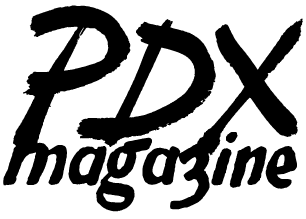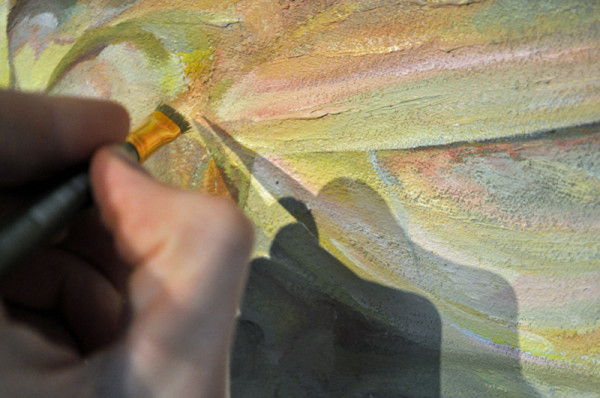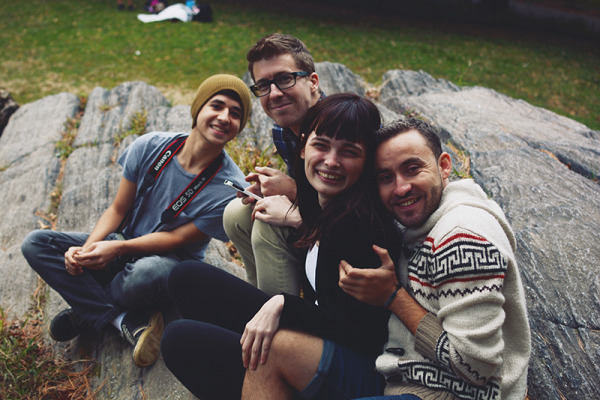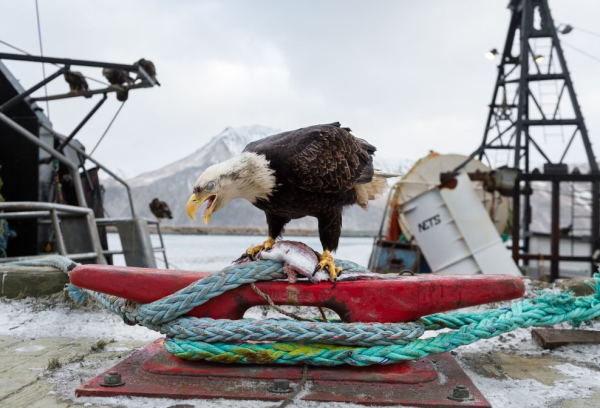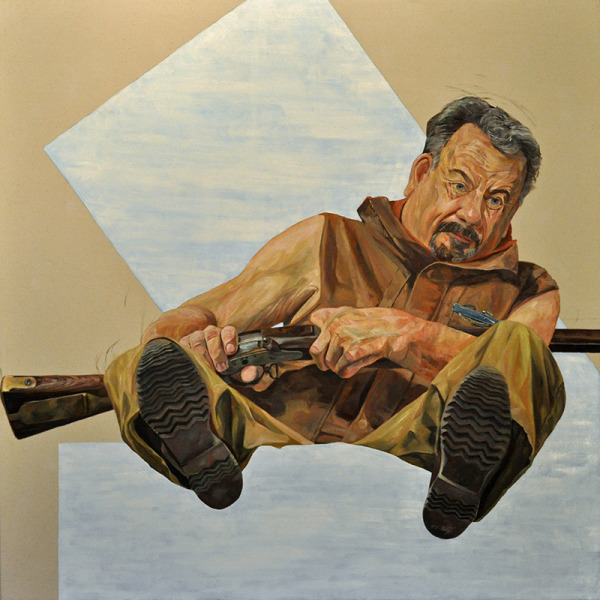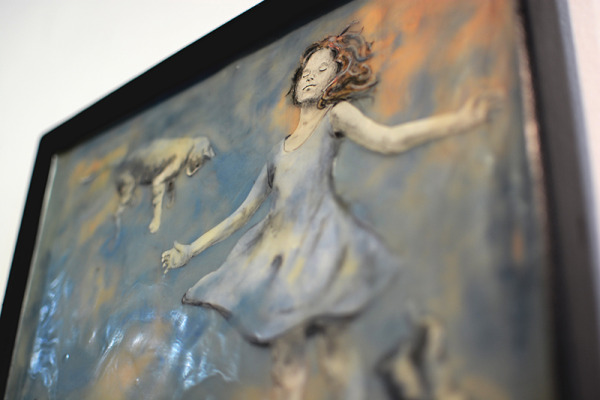
“CounterPoint” at Gallery 114
“Counterpoint” by Jon Gottshall Gallery 114, 1100 NW Glisan August 4-27, 2016 Opens Thursday, August 4th, with pre-opening artist’s talk Wednesday, August 3rd, from 7-9 pm The exhibit also features Megan Paetzhold’s multi-medua installation “Studies in: Amblyopia” in the south gallery Story by Jon Gottshall The Sellwood Bridge is Portland’s southernmost Willamette River crossing. The old span, built in 1925, was a narrow, industrial-era structure. High up on its piers, it nevertheless had an uncomplicated, slender beauty as it angled through the trees of the river’s west bank. We’ve known the old bridge was doomed for a long time now. It was never anchored to the bedrock when it was built, and as the western bank shifted, the bridge went dangerously out of plumb. In the time I’ve lived in Portland, the bridge went from handling trucks, buses and cars, to just buses and cars, and finally, only cars were allowed over. Plus, its narrow sidewalk was a terror to every cyclist and pedestrian who had to meet halfway across. Knowing its days were numbered, I began to photograph it. Working at my favorite time to think visually—after 10pm—I became intimately familiar with this broken giant. Today, the old bridge…
